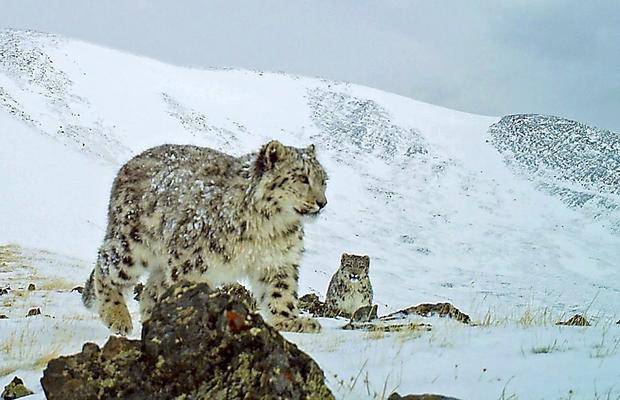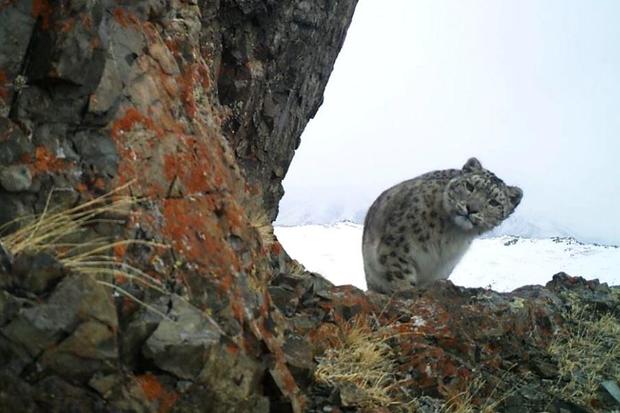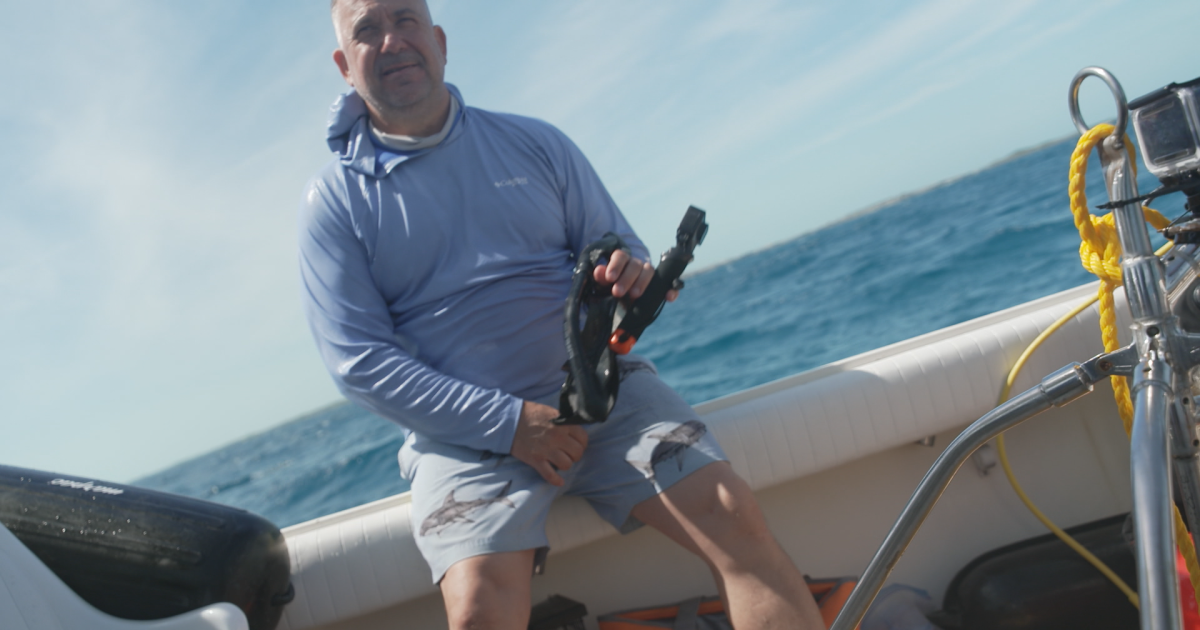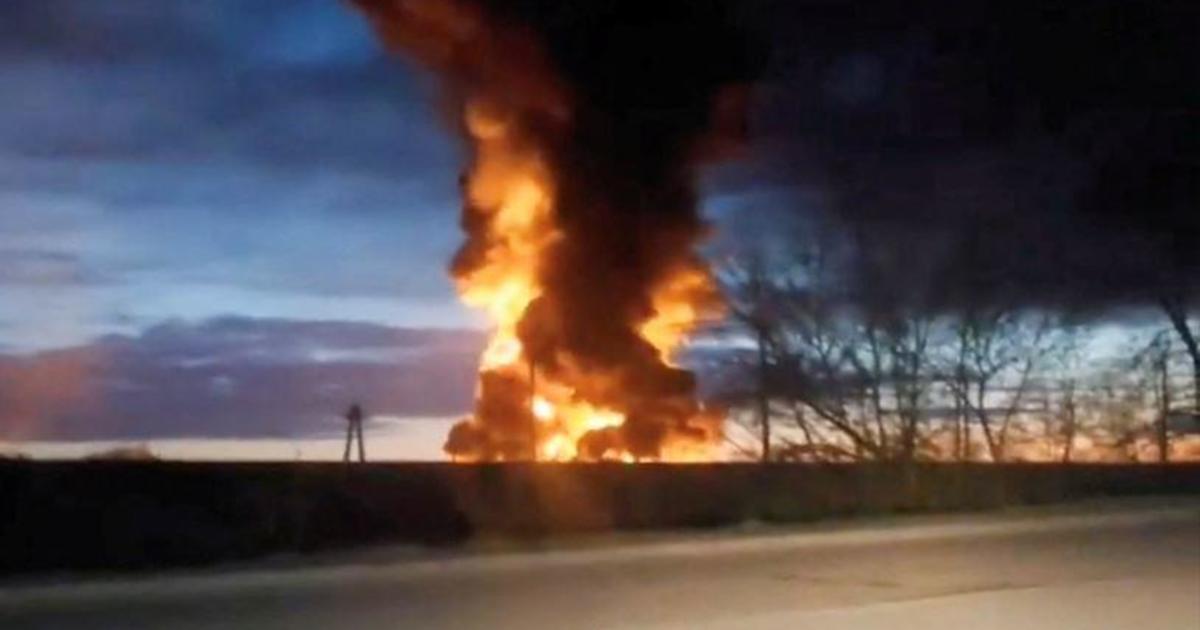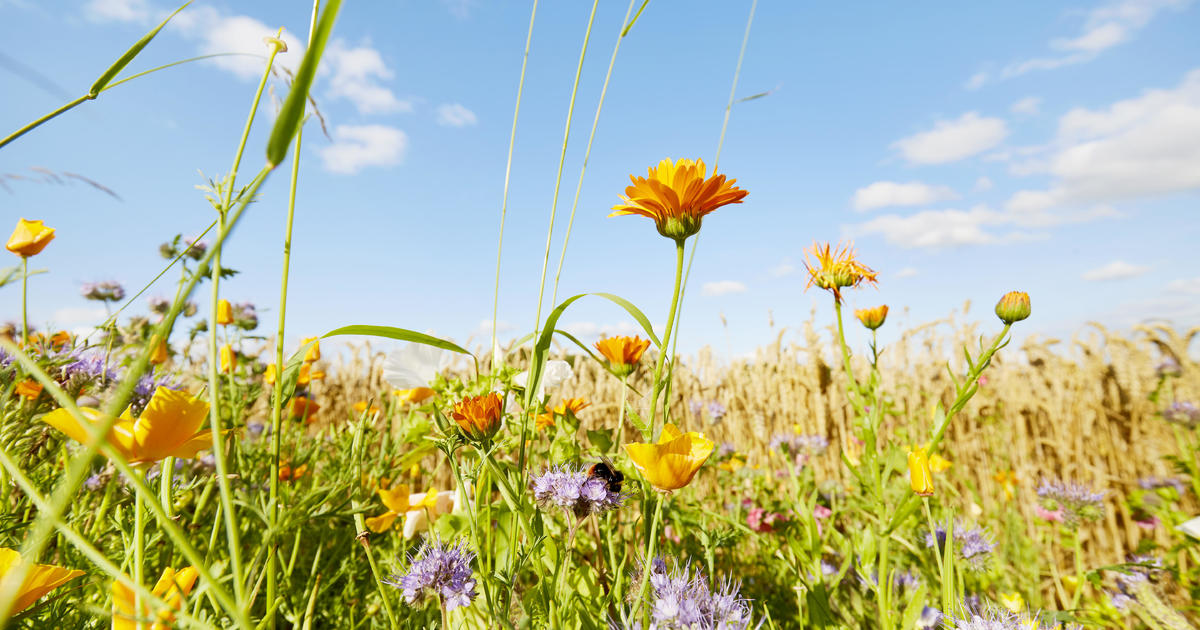Former poachers and stunning photos are helping save Siberia's endangered snow leopards
Djazator, Russia — The Altai snow leopard is one of the most endangered animals on the planet. In the remote mountains of southern Siberia, three decades of hunting and poaching had almost wiped the elusive cats out.
In the village of Djazator, CBS News correspondent Elizabeth Palmer met former poacher Boris Markov, who said just one pelt used to fetch him enough cash to buy a car.
Palmer and her team traveled off road, even on horseback, to get deep into Russia's Sailugemsky National Park, where they met the park's biologist and researcher Alexei Kuzhlekov. He's part of an innovative program to bring the leopards back.
Their objective is to shoot the animals, but they're taking aim not with guns, but with motion-triggered cameras hidden all over the Siberian backcountry.
The results are astounding; intimate photos of incredibly shy animals that will do just about anything to avoid human beings.
Even Alexei, who studies the animals and knows as much about them as just about anyone, has only seen a snow leopard once.
The cameras have caught the big cats in extraordinarily candid moments, exhibiting natural behavior like scratching the ground to mark their territory.
Sergei Keberyekov was also once a poacher who trapped snow leopards. He still has one of the lethal wire traps used by locals, but he has changed sides.
Keberyekov is one several former hunters who now get a salary, through the World Wildlife Fund, to help monitor the cameras.
"It's so interesting. I check right away to see if there are any cubs," he told Palmer. And there often are snow leopard cubs in the images; female leopards can have as many as four in a litter.
Park biologist Kuzhlekov said paying former hunters and poachers a salary is key, but he thinks there has also been a sea-change in public attitude.
He said that when his team started capturing photos of the shy cats, local villagers "lined up to see them. People who had lived here all their lives and had never seen a snow leopard now know how beautiful they are."
About two dozen local residents, including the former poachers, are now helping WWF with the snow leopard conservation program.
At the national park headquarters, Kuzhlekov showed CBS News more pictures from the 120 cameras that have been snapping away, night and day, for five years.
He has his favourites, of course, like a shot of a leopard peering suspiciously around a rock, right at the camera trap. He has come to know every single one of the animals by its unique pattern of spots.
But more than beauty shots, the data is a treasure trove for scientists, and thanks in part to the photo surveillance, poaching has virtually stopped.
In just five years, the number of Altai snow leopards has roughly doubled; 45 so far, and still counting.
